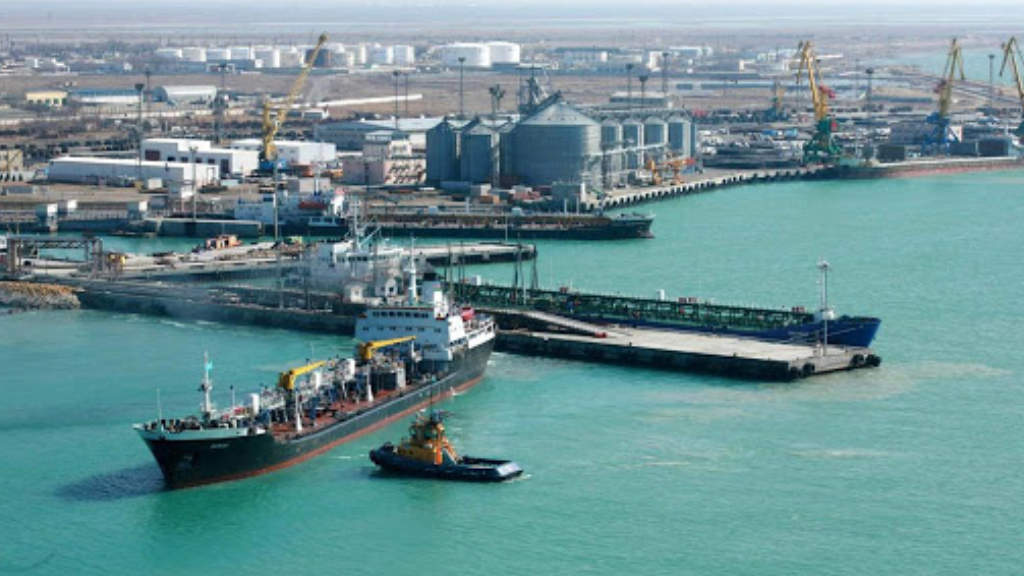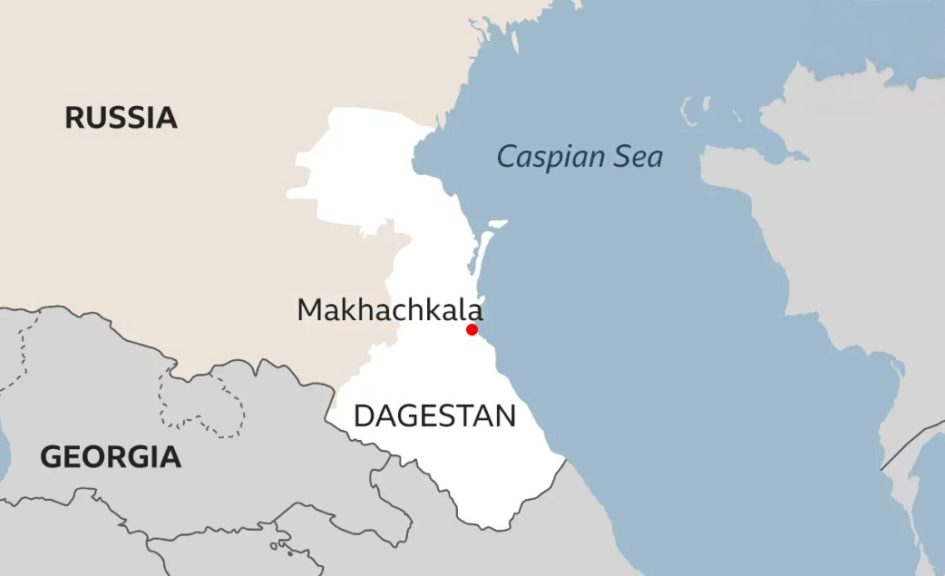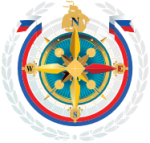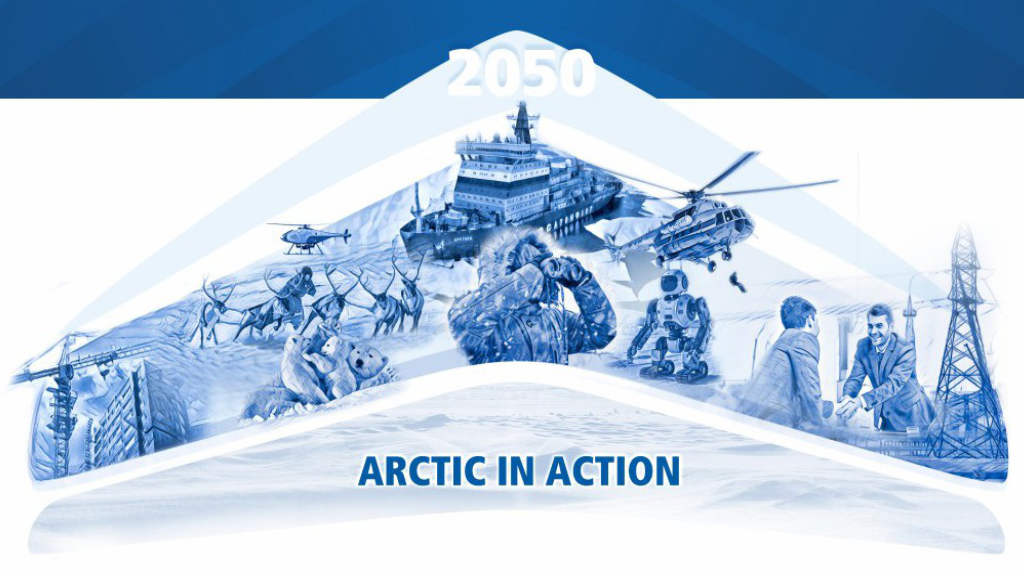
A new grain terminal with a capacity of 1.5 million tonnes per year is to be built in Makhachkala Port (Dagestan) during 2025, according to Dzhambulat Salavov, the Dagestan Minister of Transport and Road Management. He was assessing the department’s tasks for 2025.
In addition, major repairs, reconstruction of existing berths and construction of an access road to the port are planned for 2025.

When completed, the capacity of the Makhachkala seaport will increase from 8.3 million tonnes to 11 million tonnes, including 3.1 million tonnes of dry cargo and 7.9 million tonnes of bulk cargo.
Makhachkala Port is the only Russian ice-free and deep-water port in the Caspian Sea. It is part of the transport system of southern Russia and the states of Central Asia, Iran, Transcaucasia and the INSTC.
The Republic of Dagestan covers 50,270 km2 and has a population of about 3.2 million. It’s economy is based on oil production, engineering, chemicals, machine building, textile manufacturing, food processing and timber. Oil deposits are located in the narrow coastal region, while Dagestan’s natural gas production goes mostly to satisfy local needs. Agriculture is varied and includes grain-farming, viniculture and brandy production, sheep-farming, and dairy. Dagestan’s Caspian Sea coastline has several commercial ports, with the potential to play a greater role in linking Russia’s North Caucasus via the INSTC to markets in Central Asia and south to Iran.
Further Reading
This guide provides an update and overview on the multilateral operations of the International North-South Transport Corridor, which links Russia to the Persian Gulf and Central Asia. The Caspian Sea is also a European Gateway to Central Asia. We examine the overall Caspian developments, including those undertaken by Russia, Azerbaijan, Kazakhstan, Turkmenistan and Iran, and look at developments in the energy sector, transport infrastructure, resolving trade bottlenecks, and the emergence of shipbuilding and cruise ship operations within the Caspian Sea itself.
It will be of interest to anyone involved in Caspian, European and Central Asia geopolitics and trade, including academics, analysts, politicians, trade representatives, logistics operators, regional tax specialists and investors.





